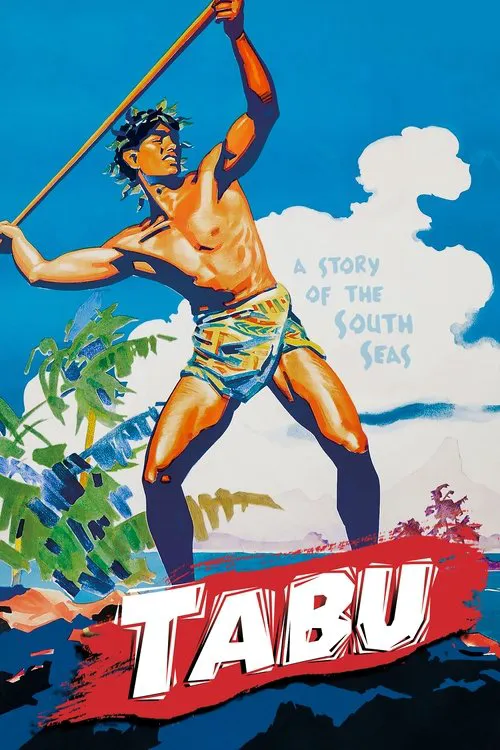Tabu: A Story of the South Seas

Plot
Tabu: A Story of the South Seas, directed by F.W. Murnau in 1931, is a captivating and poignant silent film that explores the complexities of a forbidden love set against the enchanting backdrop of a South Pacific island. At the center of this cinematic tale is a captivating romance between a young couple, and their struggles to navigate the strict customs of their island home. The film begins in idyllic Bora Bora, where we are introduced to the beautiful and vibrant island culture. A young Tahitian couple, known only as the girl and her lover, live amidst the lush tropical surroundings and the warm hospitality of the islanders. The couple's love for each other is genuine and all-consuming, and it's clear that they were meant to be together. However, their happiness is short-lived. The island's strict customs, overseen by the tribal chief, dictate that the girl is a sacred virgin. According to these ancient traditions, the girl must be devoted to the gods and protected from the outside world. This decree means that the tribe's men can visit her, but the girl is forbidden from forming any romantic relationships with outsiders. As the girl and her lover attempt to defy these customs, they put themselves at odds with the rest of the island community. The tribal chief is determined to enforce the island's rules, and tensions rise as the couple's love becomes more apparent. The lovers' attempts to see each other in secret are met with resistance from the girl's family and the islanders, who feel that they are undermining the island's sacred traditions. As the girl's situation becomes increasingly dire, she is torn between her duty to the island and her love for the man she truly desires. Her lover, driven by his passion for the girl, tries to find a way to be with her, but the obstacles in their path seem insurmountable. Murnau's direction weaves a narrative that balances the harsh realities of life on the island with the intoxicating allure of a forbidden love. Tabu's cinematography beautifully captures the lush tropical scenery and the vibrant colors of Polynesian culture, immersing the viewer in the island's enchanting world. The film's technical achievement is also noteworthy. Tabu was an early sound film, although it was shot in silent mode to emphasize the narrative's visual storytelling. The cinematography, handled by Carl Hoffmann, masterfully uses the island's stunning landscapes to convey the emotions and mood of the story. While the film's ending has been subject to some interpretation, it serves as a poignant reminder of the devastating consequences of a love that dares to defy the conventions of society. The tragedy that unfolds is both heartbreaking and thought-provoking, inviting the viewer to consider the tension between tradition and individual freedom. In conclusion, Tabu: A Story of the South Seas is a timeless tale of love, duty, and the enduring power of the human spirit. Set in the breathtakingly beautiful island of Bora Bora, the film masterfully explores the complexities of a forbidden love in the face of strict custom and tradition. Despite some technical limitations, the film's emotional resonance and poignant narrative continue to captivate audiences to this day, making it an essential watch for film enthusiasts and anyone seeking a captivating, visually stunning cinematic experience.
Reviews
Recommendations




